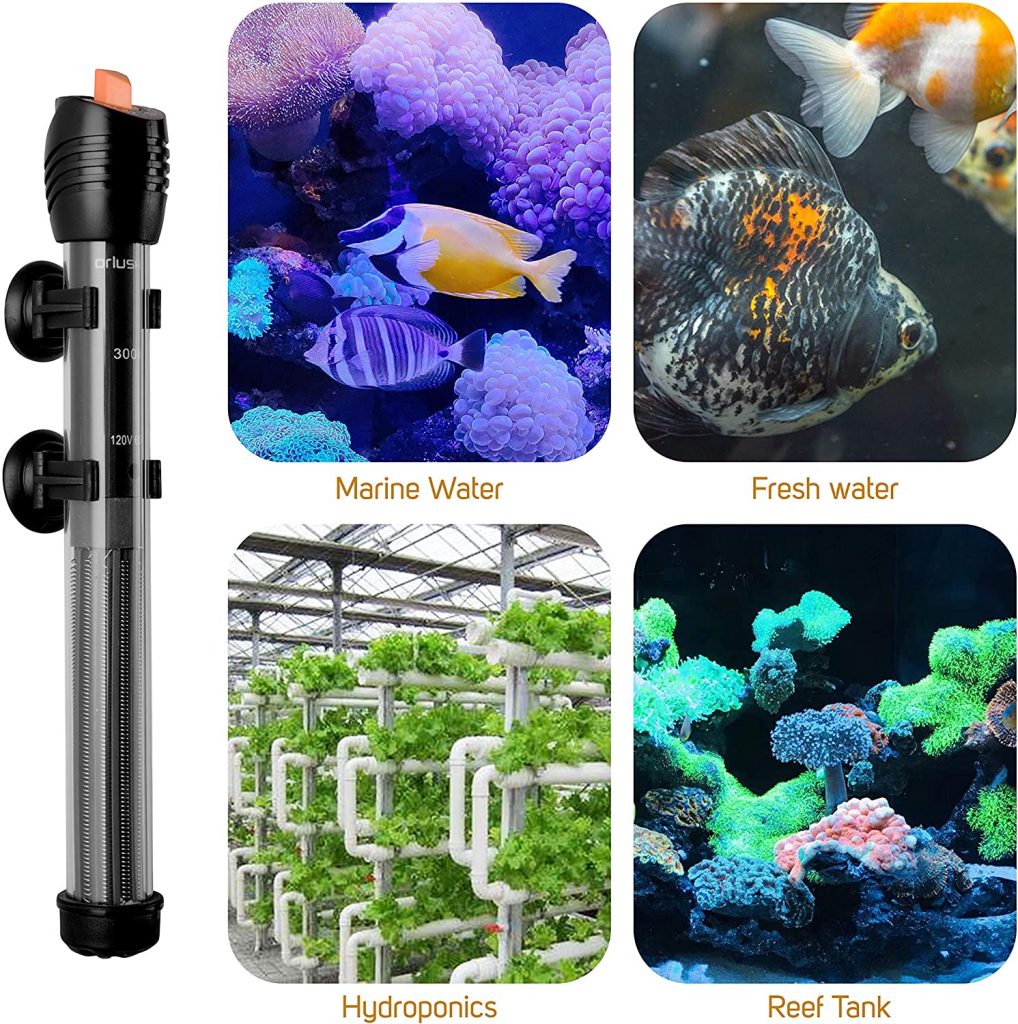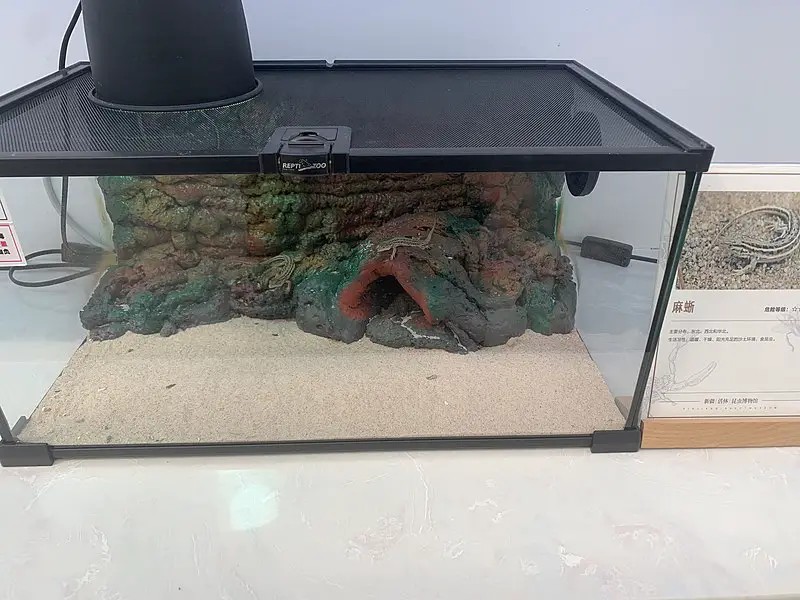Getting the perfect balance―heating, filtration, lighting, plants, bioload―in a tank can be difficult to maintain, so when something mechanical goes wrong with your heater, it can be frustrating. After all, it can be hard to tell if a heater is even doing something half the time.
If your aquarium heater light is on, but the heater doesn’t seem to be working, there are several problems that may be happening.
Most heater malfunctions occur because heaters are composed of several delicate electrical components and get bashed around during shipping, shorting their lifespan or making the individual heater dysfunctional.
Depending on the type of heater, submerging it incorrectly or not allowing it to acclimate can damage the heater and cause it to malfunction.
Heating your tank is a must for most fish keepers, and staying on top of your tank’s temperature fluctuations year-round is important for the health of your fish. There’s a lot that goes into fixing and addressing heater problems when they arise.
The rest of this article will walk you through how to diagnose if your heater isn’t working and what to do about it.
Why Is My Heater Not Working?
There are plenty of reasons heaters malfunction, but the first thing you should do before installing a heater in your tank is to make sure it looks good coming out of the box. Is the glass broken, or does it rattle if you shake it?
These indicate that your heater is broken before it even arrives. Unfortunately, this is all too common with heaters. Being made of sensitive components, they are susceptible to breaking in transit based on the way they’re shipped.
Even if you get a store-bought one, there are still risks that you’ll get a dead heater. If you find your heater is broken right out of the box, contact the company you bought the heater from and request a refund.
The second easy step to make sure your heater is plugged in. Simple as it may seem, most heaters don’t have an on or off switch and need to be plugged in to work properly.
If you have a submersible heater, make sure it’s low-down in the water for 5-10 minutes before you turn it on. This process gives it time to acclimate to the water properly and prevent the components from being damaged by a sudden change in temperature.
Your heater may also break if you let the water level drop below the heater. Again, the sudden change in temperature can cause the glass to shatter and the heater to subsequently break.
If the aquarium light is on, but your heater doesn’t seem to be emanating any heat, then it’s possible that there’s a loose or broken contact in the heater, causing the heater to signal that it’s on without emitting any heat. Replacing the malfunctioning contact can rectify the issue.
Another common cause of heater issues is a broken-down heating coil, which is an essential component in making the heater work properly.
Heaters only last for 4-5 years, so if yours is nearing that time, then it’s possible that some of components are aging and malfunctioning as a result.
A buildup of salts on submersible heaters can cause a variety of issues as well and should be cleaned off for best results.
Lastly, consider that the issue may be with a faulty socket or wiring, not necessarily the heater itself. Try plugging something else into the socket to see if it works properly and examine your wiring to ensure everything is properly hooked up.
Why Is My Tank Not Heating Up?
A lot of heaters have built-in thermostats which are supposed to regulate the temperature in the tank; however, these can get confused and cycle improperly, causing uneven heat distribution.
To rectify this issue, you can place the heater a distance from its lighting system or get an auxiliary fan.
It’s also quite possible that your default thermostat temperature for the heater is too low and needs cranking up a bit.
Most heaters have a dial that allow you to regulate the temperature within your tank. Just keep in mind that these are only accurate within 2-3 degrees Fahrenheit. You should operate by the 5 watts per gallon rule to make sure that your tank is properly heated.
Having a heater that doesn’t have the wattage needed to evenly heat a tank that’s too bad will leave the water cold, so make sure you get the right size heater (with suitable wattage) for your tank.
How Long Does It Take an Aquarium to Heat Up?
It depends on the size of the aquarium and the amount of water flow you have. Larger aquariums with more water flow will take longer to heat up, while smaller aquariums shouldn’t take too long.
After the heater has been running for an hour, you should be able to notice the heat coming from it if you put your hand near (don’t touch it, though!), and that will indicate that the heater is working properly.
It can take up to 24 hours for the heater to warm the tank to your desired specifications, and you should use a backup thermometer to make sure that the temperature is to your liking.
Different fish have different temperature requirements, and you need to make sure that your reading is accurate for the sake of your fish.
Recommended:
Conclusion
Most often, if your aquarium heater isn’t working, it’s down to faulty components. Unfortunately, it’s just something you have to deal with when it comes to heaters.
Be sure that your wiring and socket that you’re using to power the heater are functional, and for submersible heaters, let them sit for 5-10 minutes in the tank before plugging the heater in.
If the light is on, but your heater isn’t doing anything, then there’s a faulty connect between the aquarium light and the element, and you’ll probably need to replace the contact to fix the issue.




